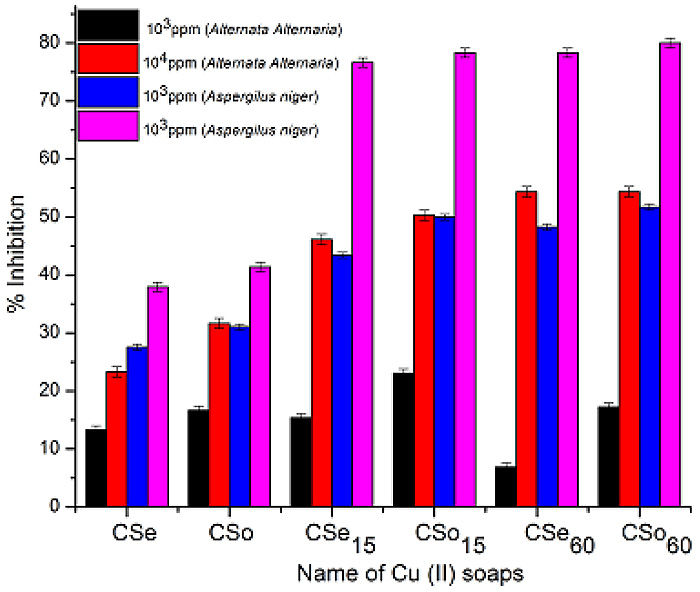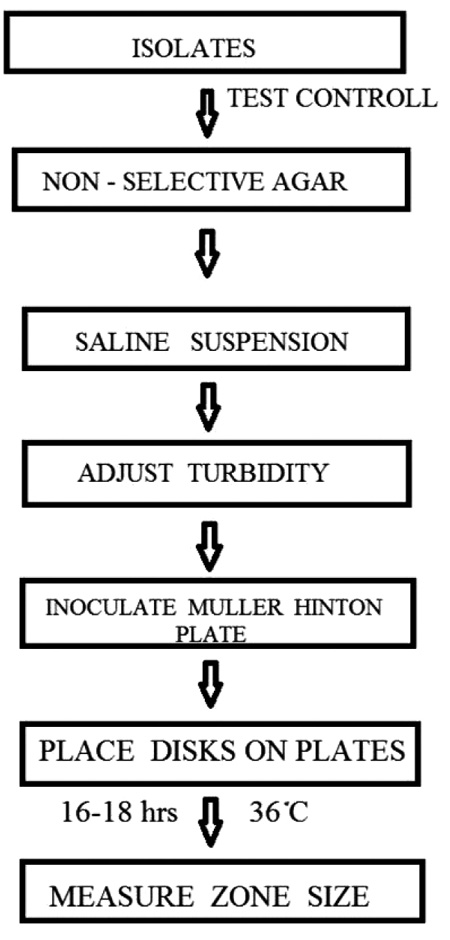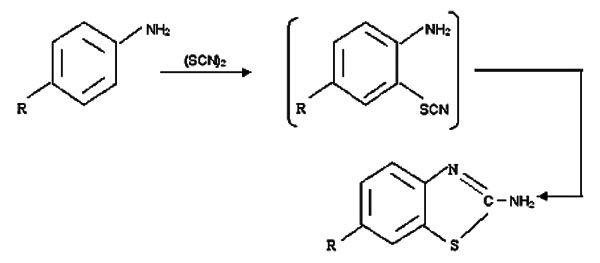REVIEW ARTICLE
Study of Effect of Different Factors in Formulation of Micro and Nanospheres with Solvent Evaporation Technique
Gunjan Subedi*, 1, Ashwinee Kumar Shrestha2, Shailendra Shakya2
Article Information
Identifiers and Pagination:
Year: 2016Volume: 3
First Page: 182
Last Page: 195
Publisher Id: PHARMSCI-3-182
DOI: 10.2174/1874844901603010182
Article History:
Received Date: 22/12/2015Revision Received Date: 16/06/2016
Acceptance Date: 20/06/2016
Electronic publication date: 09/08/2016
Collection year: 2016
open-access license: This is an open access article licensed under the terms of the Creative Commons Attribution-Non-Commercial 4.0 International Public License (CC BY-NC 4.0) (https://creativecommons.org/licenses/by-nc/4.0/legalcode), which permits unrestricted, non-commercial use, distribution and reproduction in any medium, provided the work is properly cited.
Abstract
Background:
There are various methods of formulation of micro and nanospheres such as solvent evaporation, solvent removal, polymerization, hot-melt encapsulation, coacervation, phase/wet inversion, spray drying, spray congealing etc. Amongst these all, solvent evaporation is one of the most widely used, researched, easy, accessible methods and for which many patents have been applied. It is thus imperative to understand the basics of effect of formulation variables and design of solvent evaporation method which will be covered in this review article.
Objective:
To discuss the various formulation factors while designing the robust micro and nanospherical systems with better morphology, entrapment and release of the drugs.
Method:
Systematic analysis of the relevant literature, bibliographies, and interactions with investigators.
Results:
From the investigation of different literatures, it was found that various factors of solvent evaporation technique may be controlled in order to design the micro and nanospheres of suitable morphology, entrapment and release characters.
Conclusion:
Various factors like type of polymer used, weight, viscosity, hydrophilicity, concentration, polymer ratio, stirring speed, emulsifier concentration, concentration of cross-linking agents, type of solvent used, rate of addition of solvent etc. Affect the yield, morphology, release and entrapment of the drug inside the system. Hence, these factors play crucial role in the design of a robust micro and nanospherical system.














